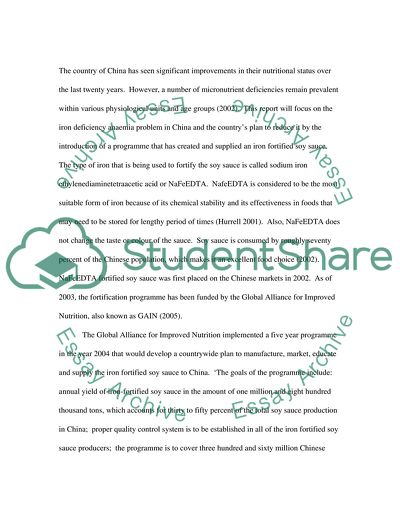Cite this document
(“Health and Promotion Policies and Promotion Essay”, n.d.)
Health and Promotion Policies and Promotion Essay. Retrieved from https://studentshare.org/miscellaneous/1534925-health-and-promotion-policies-and-promotion
Health and Promotion Policies and Promotion Essay. Retrieved from https://studentshare.org/miscellaneous/1534925-health-and-promotion-policies-and-promotion
(Health and Promotion Policies and Promotion Essay)
Health and Promotion Policies and Promotion Essay. https://studentshare.org/miscellaneous/1534925-health-and-promotion-policies-and-promotion.
Health and Promotion Policies and Promotion Essay. https://studentshare.org/miscellaneous/1534925-health-and-promotion-policies-and-promotion.
“Health and Promotion Policies and Promotion Essay”, n.d. https://studentshare.org/miscellaneous/1534925-health-and-promotion-policies-and-promotion.


